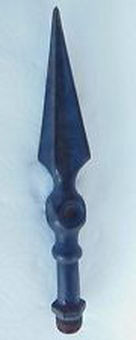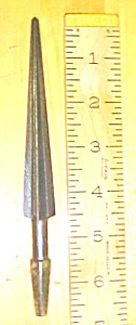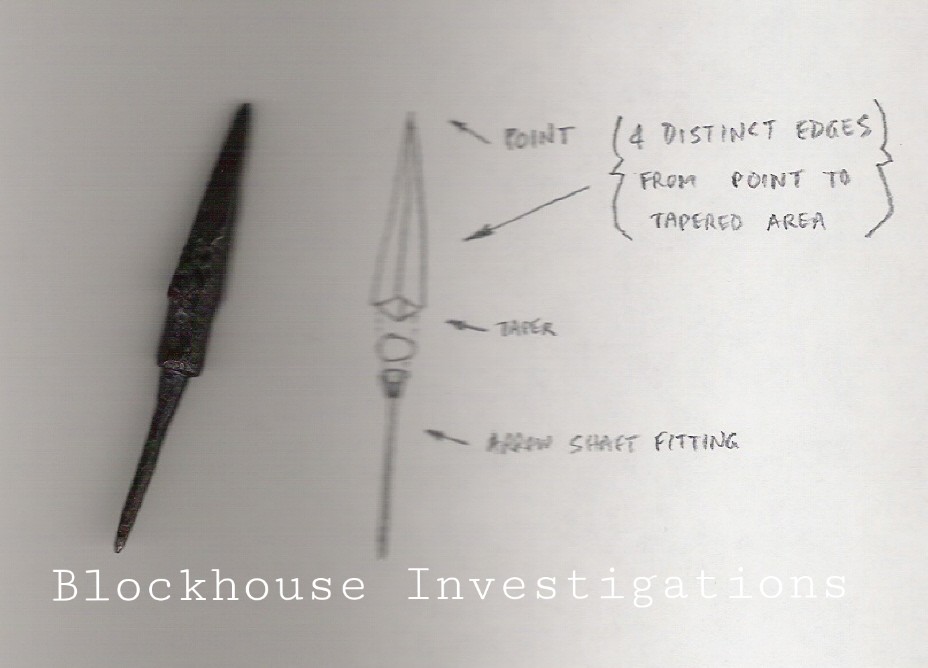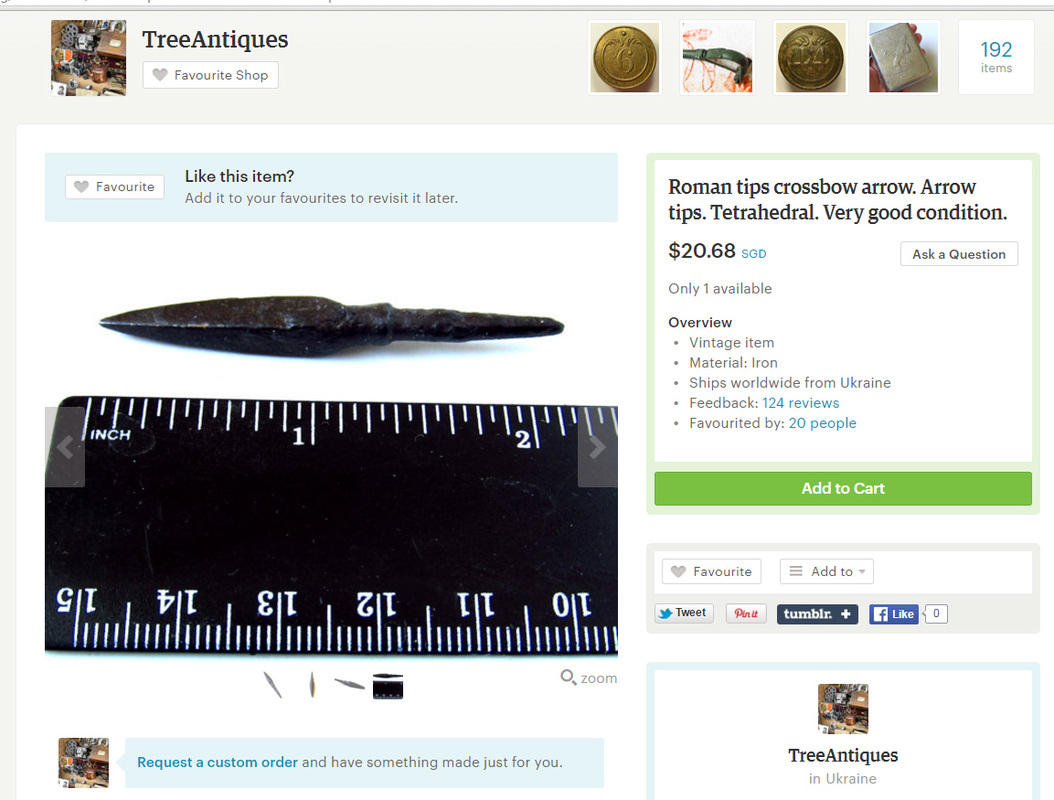At the beginning of #Swordgate, we were told that the Nova Scotia sword -- now shown by metallurgical analysis to have been made after 1880 -- was a "100 percent confirmed" Roman artifact that would force history to be written. The sword was put forward as the strongest component of J. Hutton Pulitzer's "Roman" pitch. Now that we've had a chance to drink that cup of "coffee" we were handed, it's obvious that it doesn't even qualify as coffee, let alone strong coffee. It was water. If that's the best you've got, you might as well just dump a bunch of ice cubes into the coffee pot. None of it's worth drinking.
But that doesn't mean he's not going to keep trying. At this point it's probably just math. If he says "I was wrong about the sword" he acknowledges that whatever credibility he once had is gone. If he doubles down, however, he might still retain some credibility within whatever group of people is still willing to believe his evidence-free assertions. So I guess that's the audience now. It makes me less interested in investigating the rest of the diluted coffee. I don't believe any of it is going to be as much fun as the sword.
The sword story isn't over. Pulitzer has implied or stated that the tests performed by Christa Brosseau at Saint Mary's Universitywere flawed because they were the wrong tests and/or they were performed by students. He has has also implied or stated that maybe the "real" sword was swapped with another one, or maybe there was a Catholic conspiracy to suppress history by faking the tests. I'm not sure what the Pope would have against fake Hercules swords, but whatever. You'll hear more about this nonsense soon. Brosseau is a professional. If you look at her her publications you'll see that. As a chemist, I'm sure she'll back me up on the reality of the "weak coffee" metaphor. And I'm sure she'll have something to say about her methods and results once she is able to talk about them (after the episode airs in Canada). Pulitzer still hasn't given us his promised results or methods, but is anyone really surprised by that?
So there will be more coming on the sword. What I wanted to talk about quickly today is Pulitzer's new claim that the evidence for a Roman visit to Nova Scotia includes three Roman crossbow bolts. Here is what the story in The Epoch Times says:
"At the turn of the century, a treasure hunter unearthed a thick beam of wood. When the beam was cut up, three crossbow bolts were found inside. This means the bolts were fired from a crossbow into the tree, and the tree grew around them.
The tree is estimated to have been some 1,000 years old when it was cut down. The bolts are stuck about 3 quarters of the way in, suggesting they hit the tree hundreds of years before it was cut down, though it’s not known how long ago the tree was cut to make the wooden beam.
More precise dating of the bolts was done when they were analyzed by a U.S. military weapons testing lab, said Pulitzer. Rick and Marty Lagina, the stars of “The Curse of Oak Island,” showed Pulitzer the results of the testing.
The lab stated that the bolts came from Iberia, and that they date from the same time period as the various incursions of the Roman Empire and possibly the sword.
To support a claim that Romans made it to the New World could be considered professional suicide.
Epoch Times could not verify the lab results. Pulitzer said he asked for a copy of the results, and was promised a copy, but did not receive it. The documentation is in possession of Oak Island Tours (of which the Lagina Brothers own a controlling interest) and its partners."
The article includes a small image of one of the "crossbow bolts." I reproduce (with permission of the owner) a larger image of that same item:
Given what happened with the swords (and because Pulitzer has shown that he is comfortable lying if he thinks it will help his case), I'm going to say it's worthwhile to try to figure out what this thing really is. It's justifiable to give zero weight to his account of the provenience (inside a thousand-year-old tree) and whatever mysterious "lab results" are out there. I don't believe a word of that until you show me. We're just left with the artifact to look at.
Here are two ideas I have based on modern objects I have found in a quick bit of online searching:


Maybe a Roman did wade ashore in Nova Scotia and shoot his crossbow at a sapling. Given what we've just been through, however, don't you think it's wise to look a little deeper before accepting that interpretation? Is this what Roman crossbow bolts look like? Can we hold off on throwing away our old history books until we can rule out a fence post finial and a pipe burring reamer?
I need to get back to drinking real coffee again.




 RSS Feed
RSS Feed
